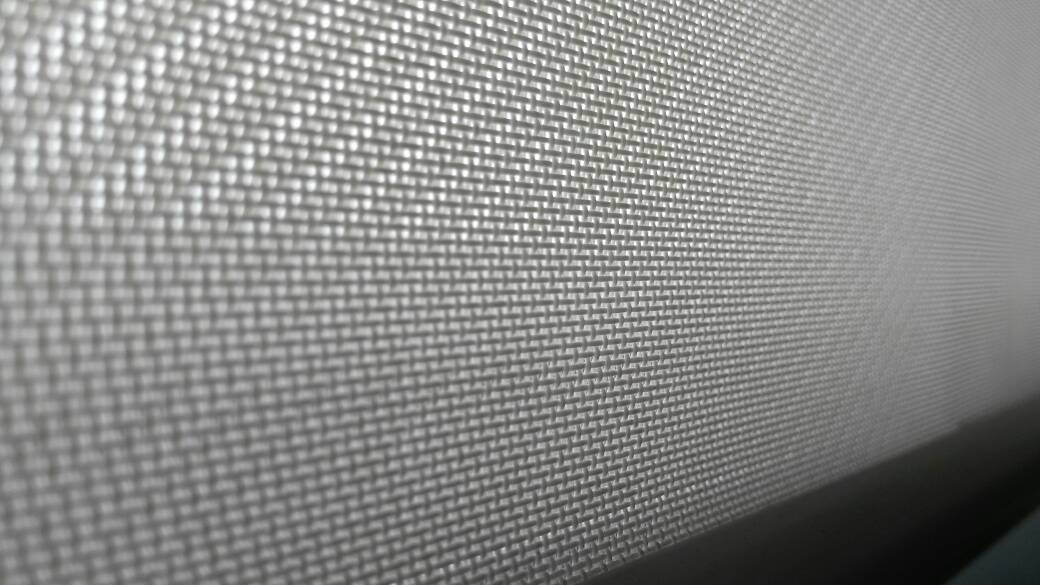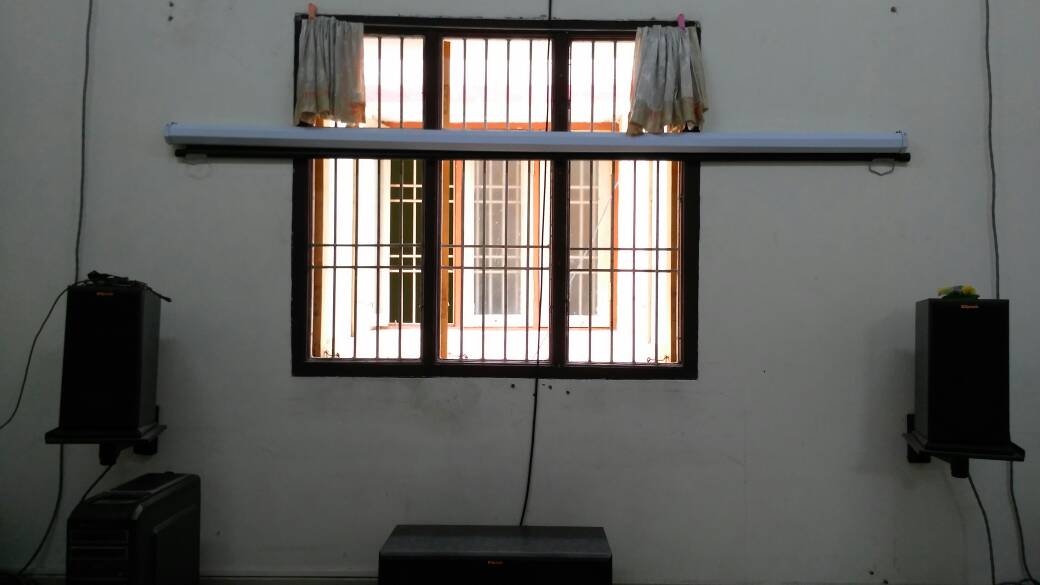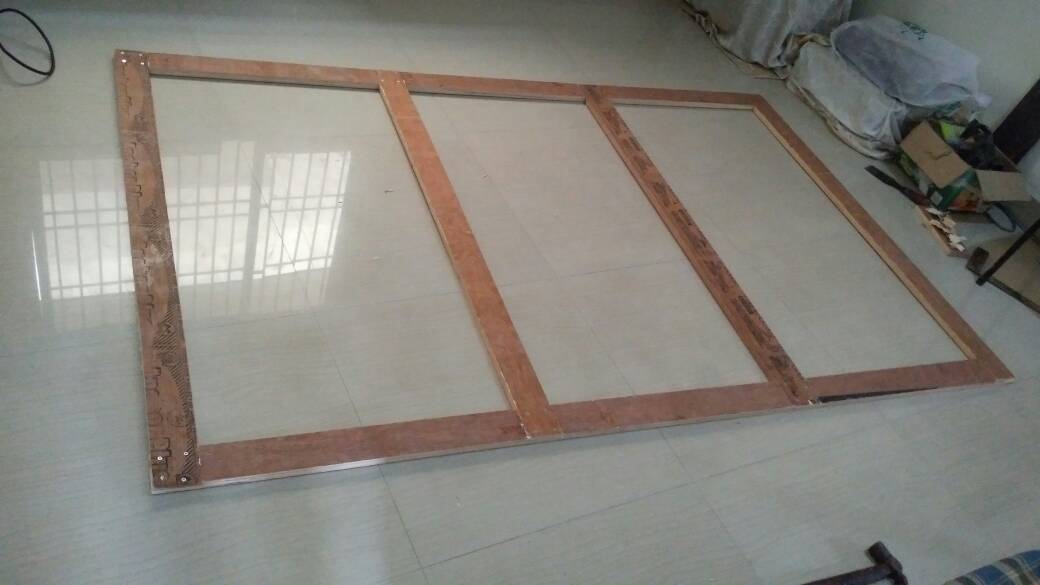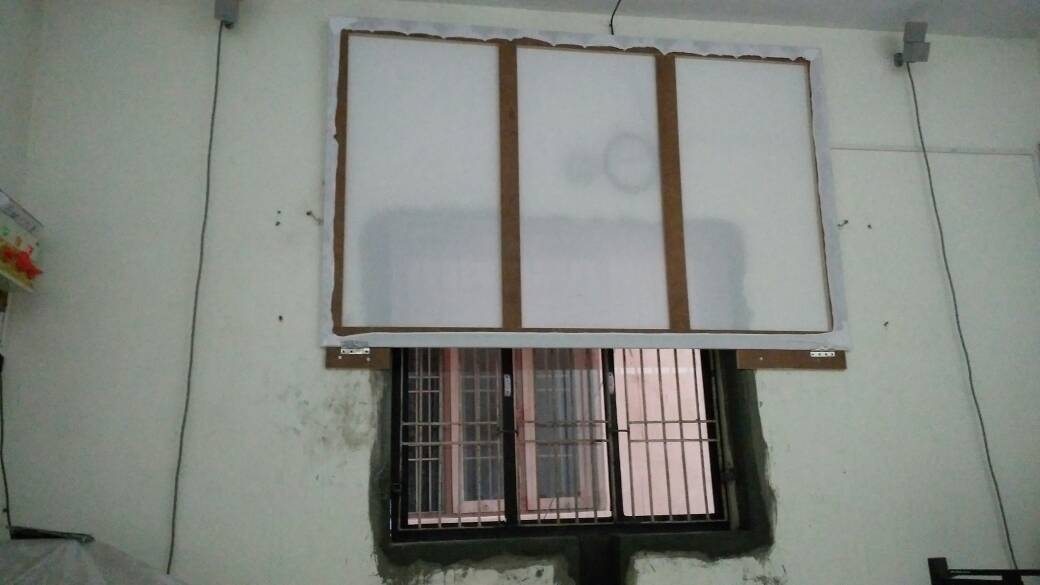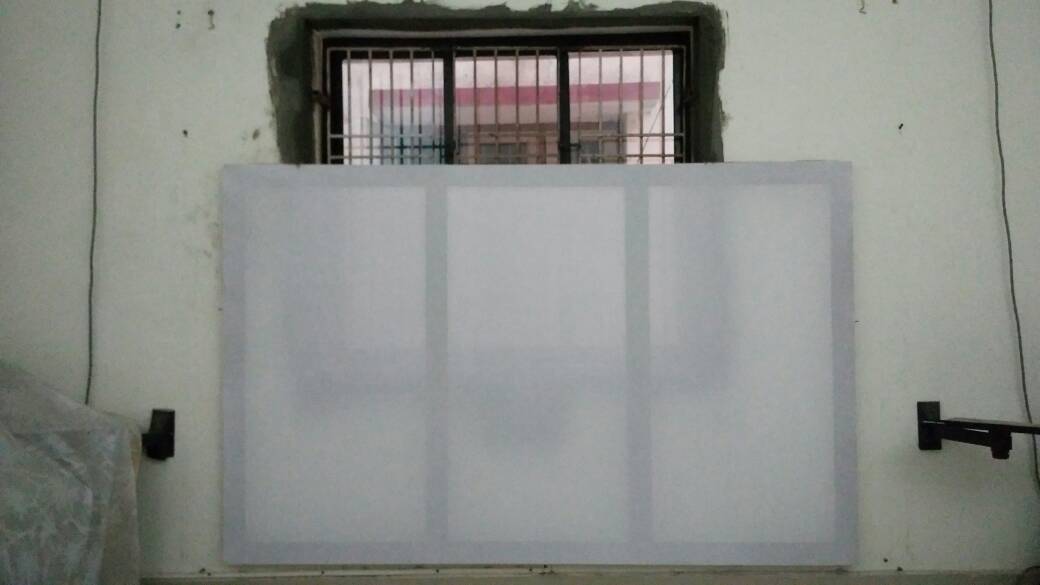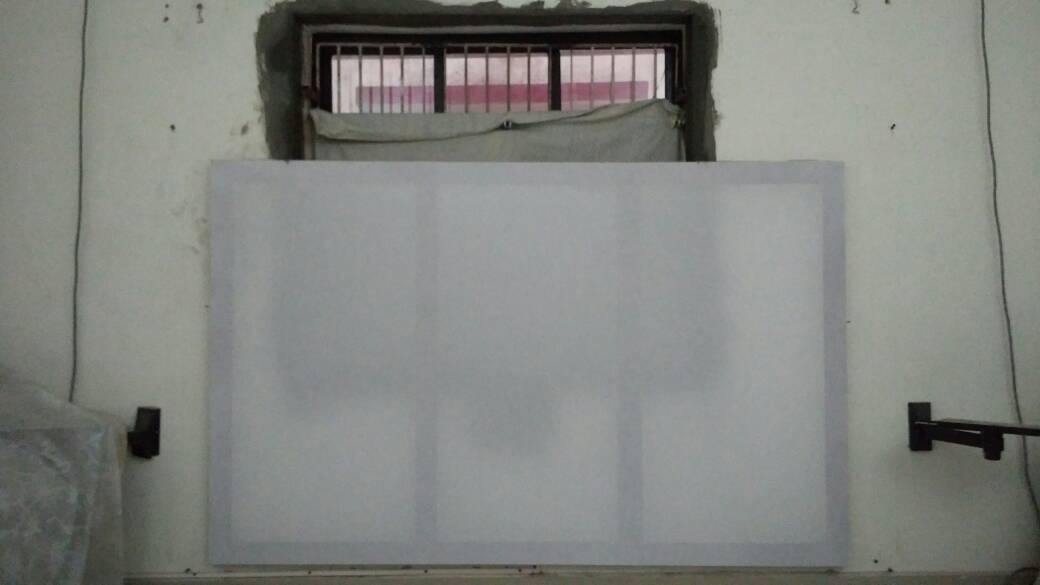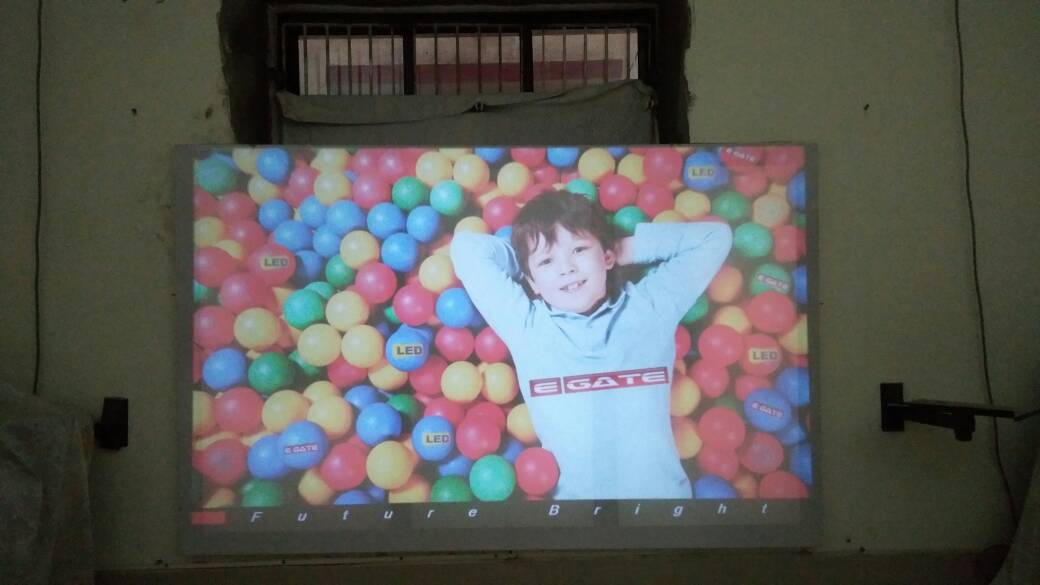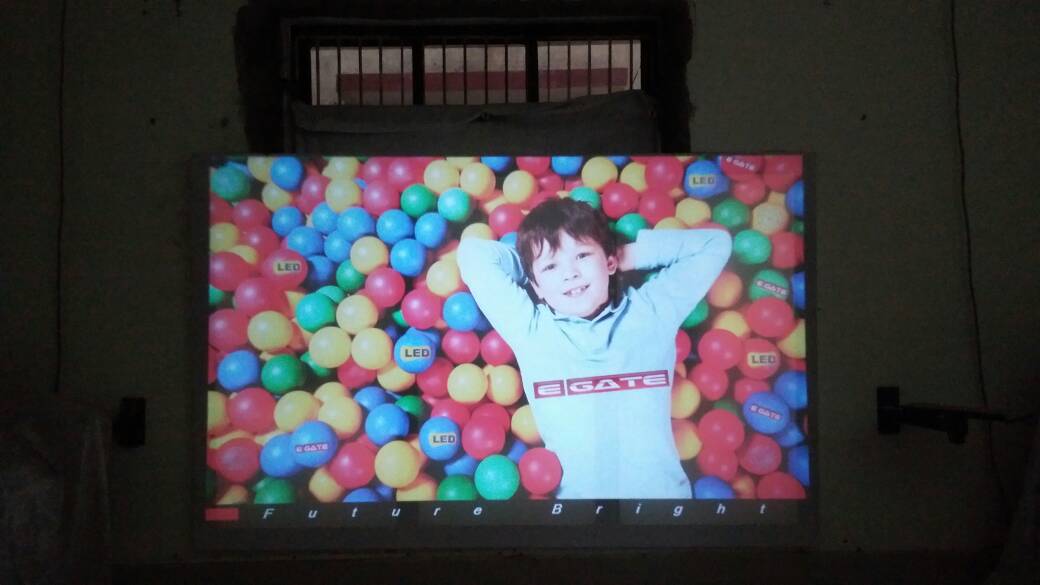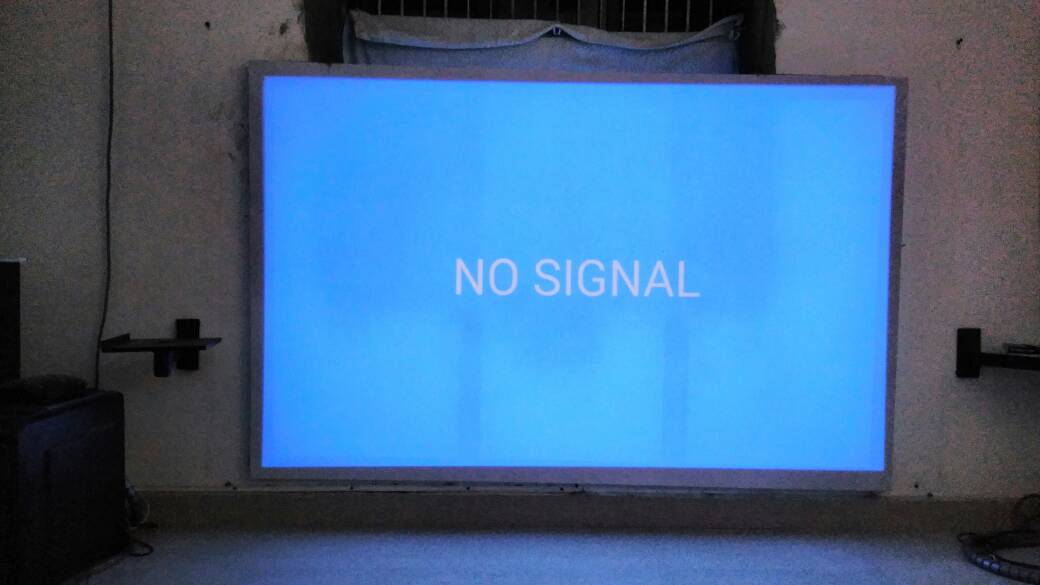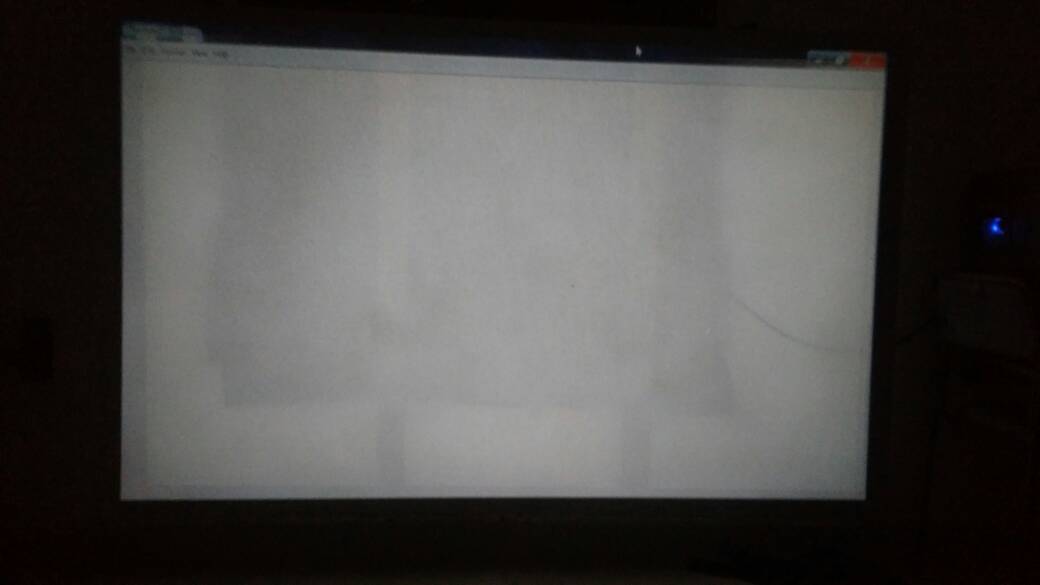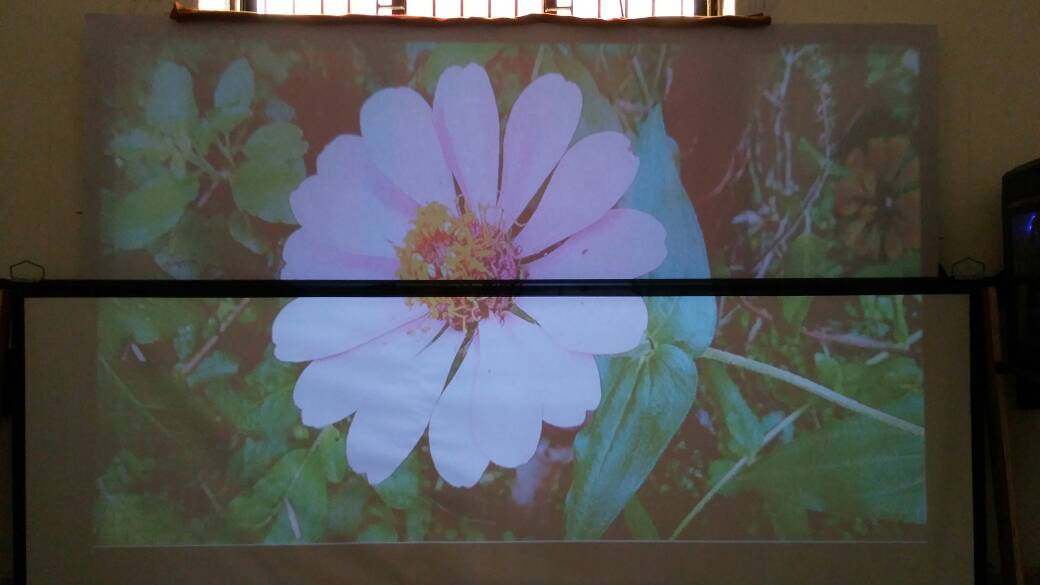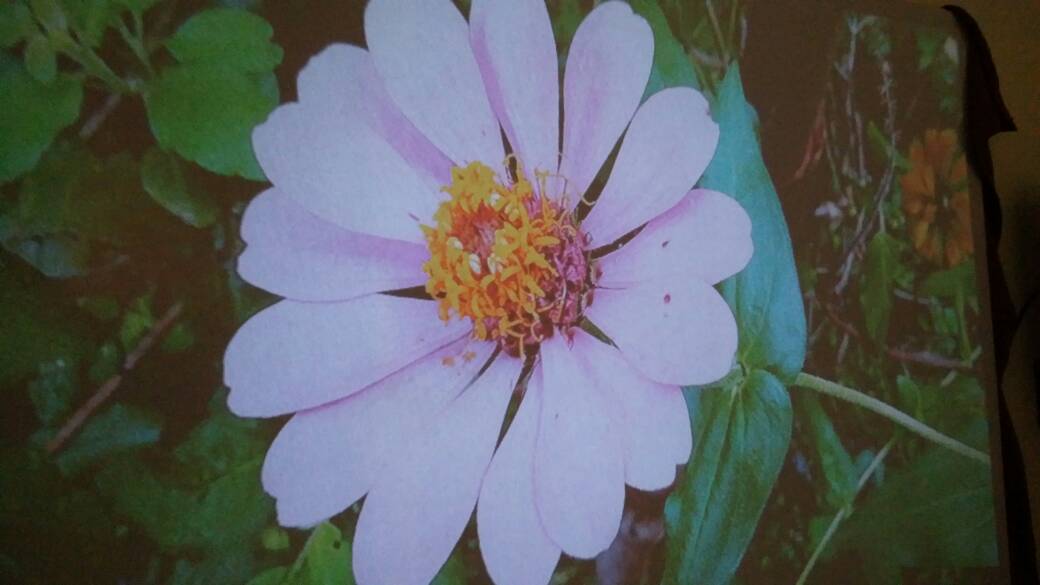elangoas
Well-Known Member
Hi All,
Am a newbie to projector screen..
Considering DIY route for Acoustic transparent screen..ready made ones (perforated) cost a bomb at least to me..
- Have an LED HD 1280 x 800 native resolution PJ..
- Brightness is relatively low at 600 ANSI lumens..
- 94" is the diagonal size of the screen that i use at present..
- Idea is to use a center speaker in vertical position behind screen.. LCR if feasible..
When speaking to one of the dealers, they suggested to use "thick cotton dhotee" as screen material..
On further googling, i found two types of AT screen.. Perforated and woven..Since dhotee is woven fabric, does it qualify as an AT screen?
Below is a macro shot of dhotee fabric from my mobile.. just to confirm the weaving type..
Not sure if this is the right away, I did cover my front speakers with a dhotee for a while when watching tv channels, i didn't observe difference..
Please confirm if it can be used and any downsides if any..
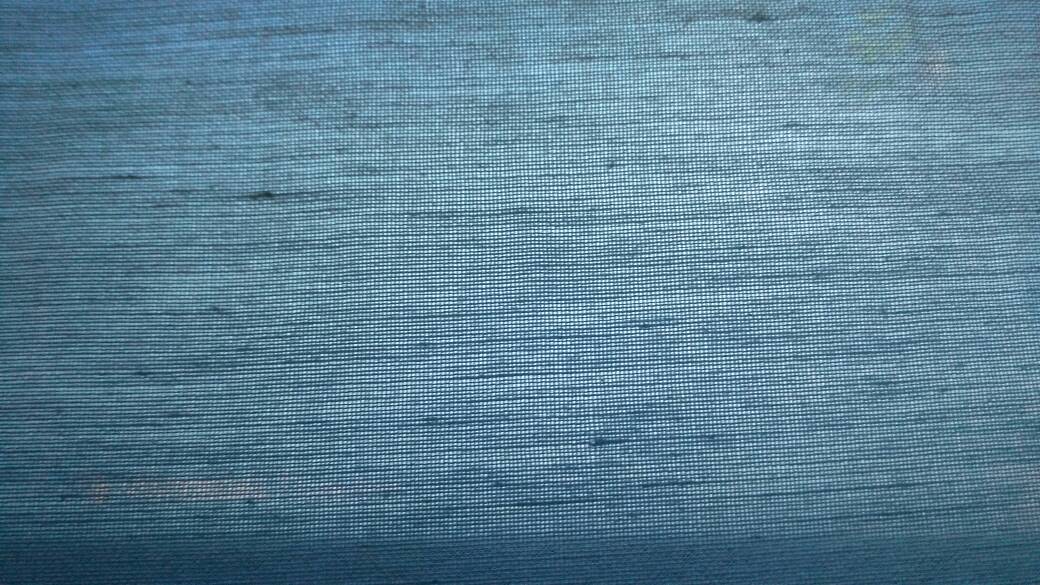
Am a newbie to projector screen..
Considering DIY route for Acoustic transparent screen..ready made ones (perforated) cost a bomb at least to me..
- Have an LED HD 1280 x 800 native resolution PJ..
- Brightness is relatively low at 600 ANSI lumens..
- 94" is the diagonal size of the screen that i use at present..
- Idea is to use a center speaker in vertical position behind screen.. LCR if feasible..
When speaking to one of the dealers, they suggested to use "thick cotton dhotee" as screen material..
On further googling, i found two types of AT screen.. Perforated and woven..Since dhotee is woven fabric, does it qualify as an AT screen?
Below is a macro shot of dhotee fabric from my mobile.. just to confirm the weaving type..
Not sure if this is the right away, I did cover my front speakers with a dhotee for a while when watching tv channels, i didn't observe difference..
Please confirm if it can be used and any downsides if any..



